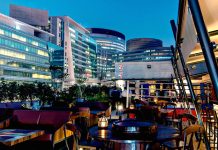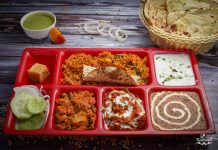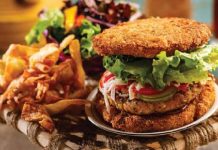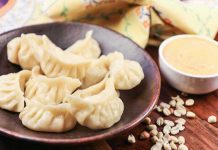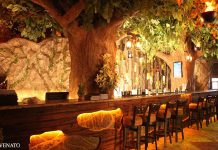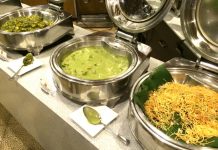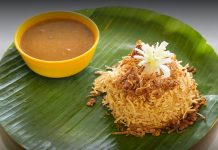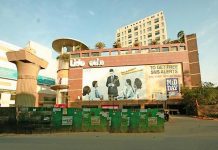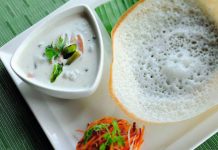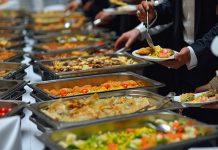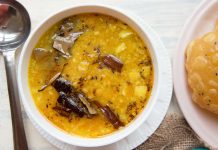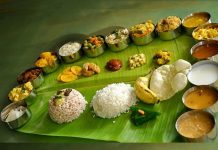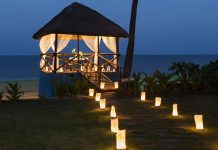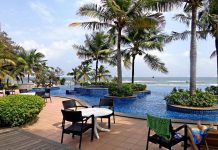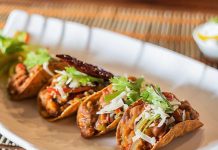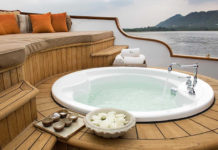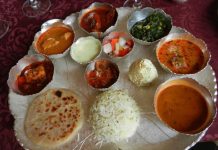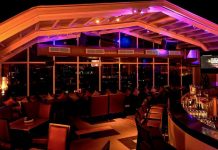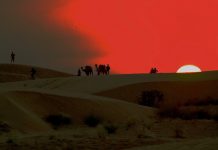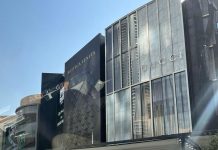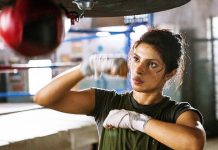
Republic Day represents the true spirit of the independent India. Military parades, displays of military equipment and the national flag are important symbols on this date. India’s National Flag is a horizontal tricolor of deep saffron (kesaria) at the top, white in the middle and dark green at the bottom in equal proportion. The ratio of the flags width to its length is two to three.
Many people throughout India celebrate the nations Republic Day, which is a gazetted holiday on 26th January each year. It is a day to remember when India’s constitution came into force on 26th January 1950, completing the countries transition toward becoming an independent republic.
The chief guest on Republic Day of India 2017 will be Crown Prince of Abu Dhabi Sheikh Mohamed Bin Zayed Al Nahyan. He will be the chief guest of Republic Day parade 26th of January 2017.
A navy-blue wheel in the center of the white band represents the chakra. Its design is that of the wheel which appears on the abacus of the Sarnath Lion Capital of Ashoka. Its diameter approximates to the white bands width and it has 24 spokes.
What happens On Republic Day And What Do People Do?

The venue of Republic Day Parade, Rajpath will be decorated with rows of potted plants of Date Palm (Pyramid like structure of Palm leaves covered with moss) to heartily welcome the guest from UAE. UAE is one of the top cultivators of Date Palm all over the world and Dates are its National Fruit. UAE also hosts an Annual International Date Palm Festival.
Much effort is put towards organizing events and celebrations that occur on Republic Day in India. Large Military parades are held in New Delhi and the State Capitals. Representatives of the Indian Army, Navy and Air Force and traditional dance troupes take part in the parades.
A grand parade is held in New Delhi and the event starts with India’s Prime Minister laying a wreath at the Amar Jawan Jyoti at India Gate, to remember soldiers who sacrificed their lives for their country. India’s President takes the Military Salute during the parade in New Delhi while State Governors take the Military Salutes in State Capitals. A Foreign Head of State is the Presidents Chief guest on Republic Day.
There is also a surprising debut show at Rajpath performed by the National Security Guard (NSG – a team of 140 commandos) on this Republic Day to represent their brilliant skills during the parade. The surprising debut by NSG will include activities like singing the NSG Anthem (written by Gulzaar – “Hain Na Hai Na Hum Hindustan, Hum Rang Rang Hain, Phir Bhi Sang Hain”) to show the India’s Counter Terror Force, a performance by Anti-Hijack Team, Anti-Sabotage Team, Combat Free-Fallers, CBRNE team (an advanced terror fighting force of commandos wearing radiation protective suit for protection from chemical, biological, radiological and nuclear terror threats or attack), and deep divers (can kill enemies under water).
Awards and medals of bravery are given to the people from the armed forces and also to civilians. Helicopters from the Armed Forces then fly past the parade area showering rose petals on the audience.
School children also participate in the parade by dancing and singing patriotic songs. Armed Forces Personnel also showcase motorcycle rides. The parade concludes with a “Fly Past” by the Indian Air Force, which involves Fighter Planes of flying past the Dais, Symbolically Saluting the President. These leave trails of smoke in the colors of the Indian Flag.
There are many National and Local cultural programs focusing on the history and culture of India. Children have a special place in these programs. Many children receive gifts of sweets or small toys. A Prime Minister’s rally also takes place around this time of the year, as well as the Lok Tarang – National Folk Dance Festival, which occurs annually from January 24th-29th.
As every year, the India would follow the great Indian Culture and Tradition “Atithi Devo Bhav” of welcoming the Prime Minister of another Country as a Chief Guest. Below is the list of all the Chief Guests welcomed in India at each Republic Day from the year India was declared as the Republic Country till 2017:
| Year | Guest Name | Country |
| 2017 | Crown Prince of Abu Dhabi Sheikh Mohamed bin Zayed Al Nahyan | Abu Dhabi |
| 2016 | President, Francois Hollande | France |
| 2015 | President, Barack Obama | USA |
| 2014 | Prime Minister, Shinzo Abe | Japan |
| 2013 | King, Jigme Khesar Namgyel Wangchuck | Bhutan |
| 2012 | Prime minister, Yingluck Shinawatra | Thailand |
| 2011 | President, Susilo Bambang Yudhoyono | Indonesia |
| 2010 | President, Lee Myung Bak | Republic of Korea |
| 2009 | President, Nursultan Nazarbayev | Kazakhstan |
| 2008 | President, Nicolas Sarkozy | France |
| 2007 | President, Vladimir Putin | Russia |
| 2006 | King, Abdullah bin Abdulaziz al-Saud | Saudi Arabia |
| 2005 | King, Jigme Singye Wangchuck | Bhutan |
| 2004 | President, Luiz Inacio Lula da Silva | Brazil |
| 2003 | President, Mohammed Khatami | Iran |
| 2002 | President, Cassam Uteem | Mauritius |
| 2001 | President, Abdelaziz Bouteflika | Algeria |
| 2000 | President, Olusegun Obasanjo | Nigeria |
| 1999 | King, Birendra Bir Bikram Shah Dev | Nepal |
| 1998 | President, Jacques Chirac | France |
| 1997 | Prime Minister, Basdeo Panday | Trinidad and Tobago |
| 1996 | President, Dr. Fernando Henrique Cardoso | Brazil |
| 1995 | President, Nelson Mandela | South Africa |
| 1994 | Prime Minister, Goh Chok Tong | Singapore |
| 1993 | Prime Minister, John Major | United Kingdom |
| 1992 | President, Mário Soares | Portugal |
| 1991 | President, Maumoon Abdul Gayoom | Maldives |
| 1990 | Prime Minister, Anerood Jugnauth | Mauritius |
| 1989 | General Secretary, Nguyen Van Linh | Vietnam |
| 1988 | President, Junius Jayewardene | Sri Lanka |
| 1987 | President, Alan Garcia | Peru |
| 1986 | Prime Minister, Andreas Papandreou | Greece |
| 1985 | President, Raúl Alfonsín | Argentina |
| 1984 | King, Jigme Singye Wangchuck | Bhutan |
| 1983 | President, Shehu Shagari | Nigeria |
| 1982 | King, Juan Carlos I | Spain |
| 1981 | President, Jose Lopez Portillo | Mexico |
| 1980 | President, Valéry Giscard d’Estaing | France |
| 1979 | Prime Minister, Malcolm Fraser | Australia |
| 1978 | President, Patrick Hillery | Ireland |
| 1977 | First Secretary, Edward Gierek | Poland |
| 1976 | Prime Minister, Jacques Chirac | France |
| 1975 | President, Kenneth Kaunda | Zambia |
| 1974 | President, Josip Broz Tito | Yugoslavia |
| Prime Minister, Sirimavo Ratwatte Dias Bandaranaike | Sri Lanka | |
| 1973 | President, Mobutu Sese Seko | Zaire |
| 1972 | Prime Minister, Seewoosagur Ramgoolam | Mauritius |
| 1971 | President, Julius Nyerere | Tanzania |
| 1970 | – | |
| 1969 | Prime Minister, Todor Zhivkov | Bulgaria |
| 1968 | Prime Minister, Alexei Kosygin | Soviet Union |
| President, Josip Broz Tito | Yugoslavia | |
| 1967 | – | |
| 1966 | – | |
| 1965 | Food and Agriculture Minister, Rana Abdul Hamid | Pakistan |
| 1964 | – | |
| 1963 | King, Norodom Sihanouk | Cambodia |
| 1962 | – | |
| 1961 | Queen, Elizabeth II | United Kingdom |
| 1960 | President, Kliment Voroshilov | Soviet Union |
| 1959 | – | |
| 1958 | Marshall Ye Jianying | People’s Republic of China |
| 1957 | – | |
| 1956 | – | |
| 1955 | Governor General, Malik Ghulam Muhammad | Pakistan |
| 1954 | King, Jigme Dorji Wangchuck | Bhutan |
| 1953 | – | |
| 1952 | – | |
| 1951 | – | |
| 1950 | President, Sukarno | Indonesia |

